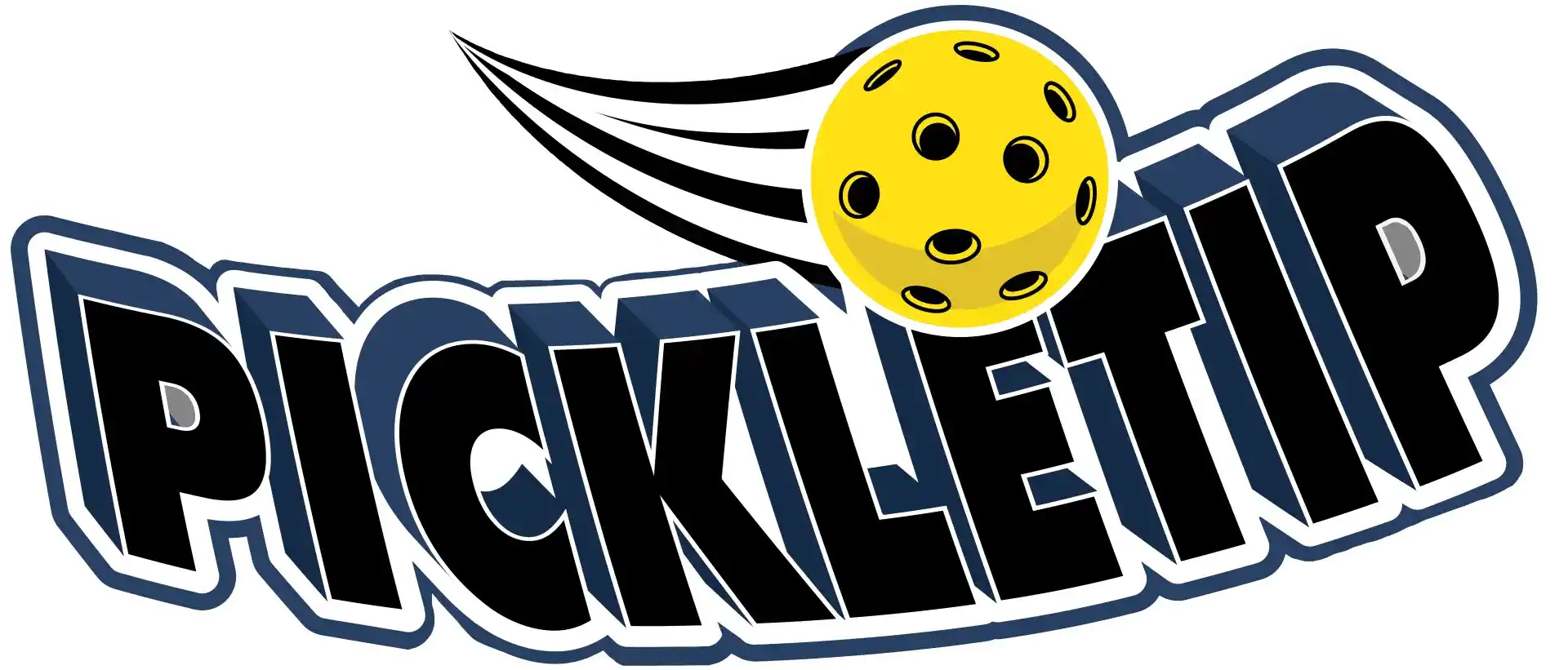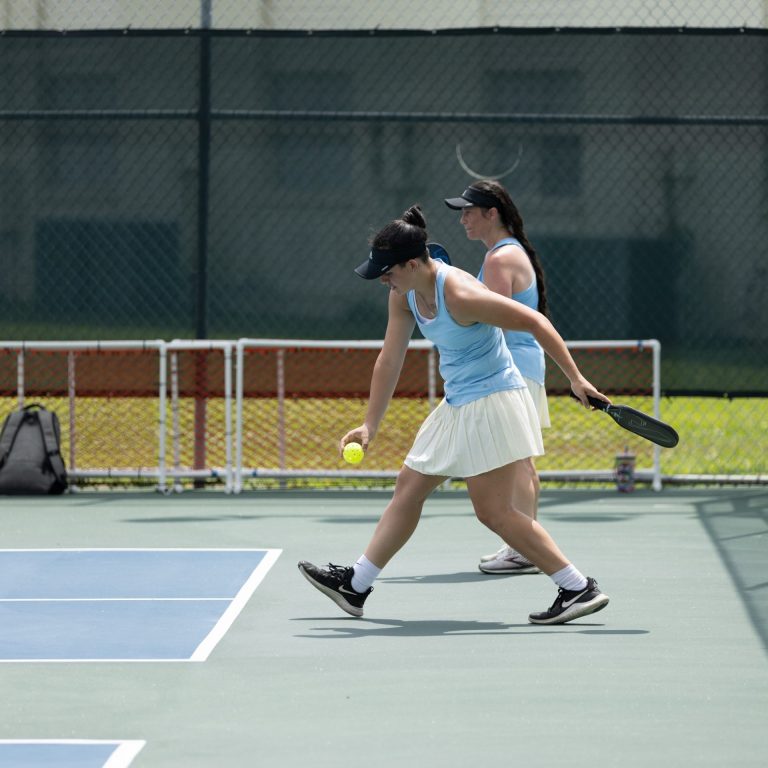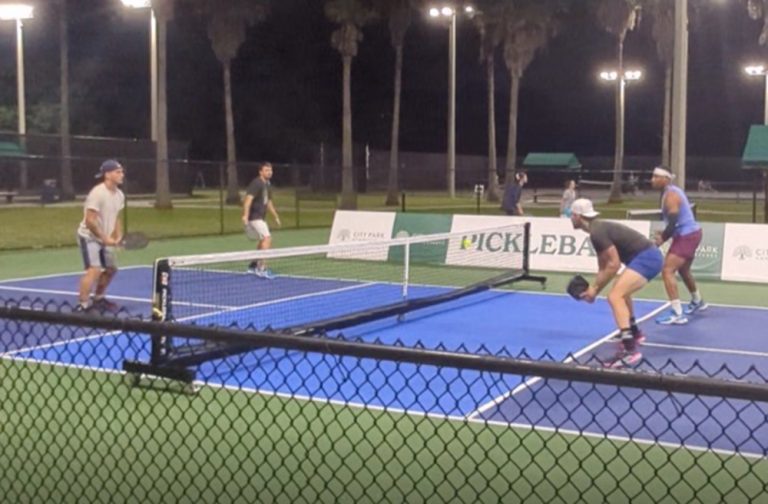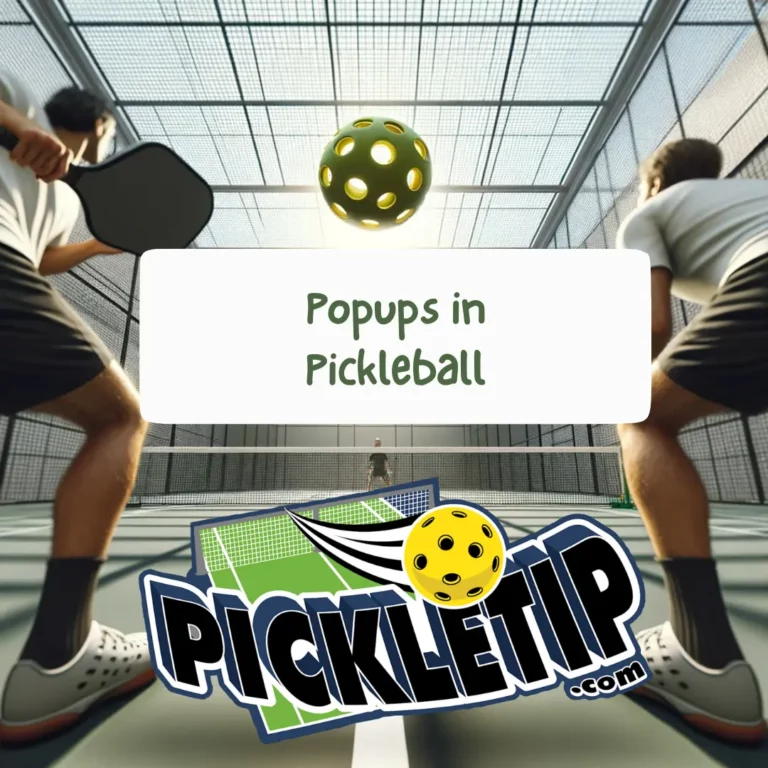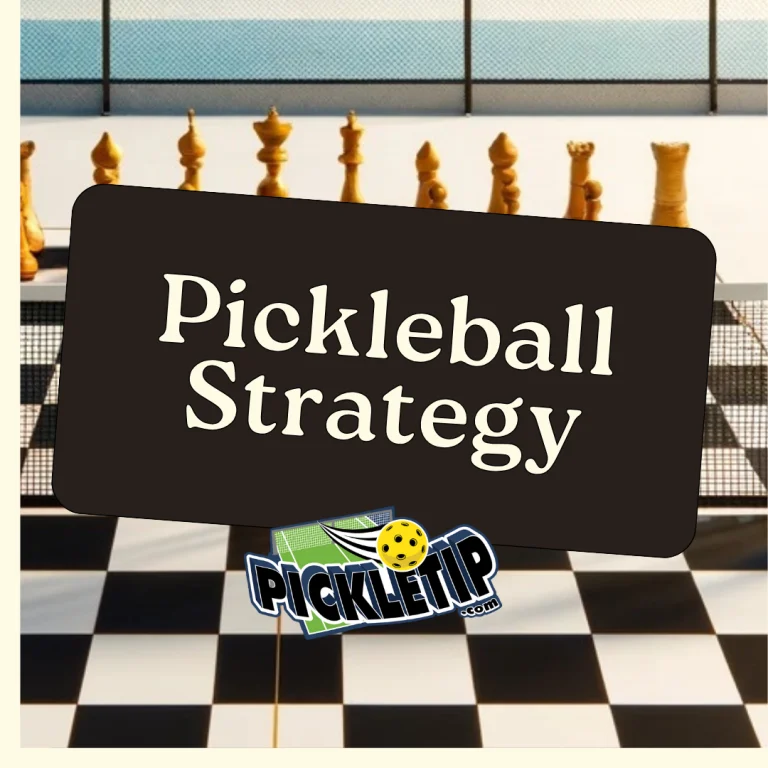The Power of the Reset in Pickleball
The Magic of the Reset in Pickleball
There’s a unique thrill akin to unwrapping a new toy on Christmas morning when one delves into the world of pickleball’s reset shot. The reset in pickleball is a game-changer, a secret weapon, and the key to unlocking a higher level of play. Yesterday, my son AJ shared his experience from an advanced pickleball league match. He spoke of his prowess in soft resets but acknowledged the challenge he faces with paced shots. This revelation led me to write about the essence of this shot, hoping to inspire many like AJ.

Understanding the Reset Shot in Pickleball
The reset shot isn’t merely about sending the ball back. It’s a blend of art, strategy, and skill. Think of it as a gentle response to a fierce shot, a soft drop that alters the game’s rhythm. This shot is the gateway to mastering the soft game in pickleball. You don’t always have to fight pace with pace.
For those acquainted with the strategies of pro players, the reset shot is a familiar friend. It’s their go-to move to craft points, defend positions, and orchestrate a rally. The reset is all about taking charge, setting the game’s pace, and spotting that perfect scoring opportunity.
Mastering the Reset: Key Techniques
Paddle Positioning: The Heart of Precision
Every seasoned player emphasizes paddle positioning. The position of your paddle largely influences the ball’s path and speed. The golden rule for the reset shot is to keep the paddle in front of you. A contact point behind can spell trouble. Whether you’re prepping for a forehand or backhand, the ideal contact point is about an arm’s distance ahead. The true essence of the reset lies not in a powerful swing but in deft deflection. It’s about guiding the ball, controlling its speed, and letting it bounce off the paddle.
Grip Pressure: The Balance of Power
In the pickleball realm, grip pressure is paramount for every shot, not just for novices. Here’s a breakdown:
- 10: An overly tight grip, akin to squeezing out all your stress into the paddle.
- 1: A grip so light that the paddle might just fall out of your hand.
- 3: The sweet spot for the reset in pickleball.
A grip around the number 3 is the secret to nailing the reset shot. Visualize the paddle as a cushion, soaking in the ball’s energy. It’s a game of subtlety and control. A firm grip can lead to forceful shots, depriving you of the reset’s required precision.
Posture and Stance: The Pillars of Power
Your stance in pickleball, like in many sports, is the foundation of your shot’s strength and control. A wide and low stance is crucial for the reset, especially when maneuvering the transition zone. Imagine pushing a heavy piece of furniture. You wouldn’t just lean and push; you’d get right behind it, lower yourself, and then push. This approach offers stability, balance, and a clearer view of the court.
Defense and Strategy: The Reset’s Dual Role
Regardless of your position on the court, the reset can be your savior in defense. It’s a strategic move to counter an aggressive attack with a slow, calculated reset shot landing in the kitchen. It’s not just about ball return; it’s a tactical pause, a reset of the game, prepping for a potential counterstrike.
The Reset in Pickleball: A Philosophy in Play
Many view pickleball as a game of speed and aggression. But there’s a beauty in the reset shot, a philosophy of sometimes slowing down, recalibrating, and placing your shot with strategy over sheer power. By perfecting the reset, you’re adopting a game philosophy that values control, patience, and strategy. It forces adversaries to match your pace, making you a force to reckon with on the court.
1. Drills to Practice Resetting the Ball:
a. Wall Reset Drill:
- Stand about 10 feet away from a wall.
- Hit the ball against the wall, aiming for a consistent height and pace.
- As the ball rebounds, practice resetting it with a soft touch, aiming for the same spot on the wall each time.
b. Partner Reset Drill:
- Pair up with a partner and stand on opposite sides of the net.
- One player hits aggressive shots while the other practices resetting.
- After a set number of shots, switch roles.
c. Deep Court Reset Drill:
- Start at the baseline and have your partner feed you a variety of shots.
- Your goal is to reset each shot, aiming to land the ball near the kitchen line.
2. Hitting the Perfect Reset:
a. Defending a Soft Shot:
- Stay low and use your legs. This gives you better control and allows you to absorb the pace of the ball.
- Use a continental grip, which offers more paddle face control.
- Focus on a smooth follow-through, ensuring that your paddle face is open and directed towards your target.
b. Defending a Hard Shot:
- Position yourself slightly back from the kitchen line, giving you more time to react.
- Keep your paddle up and in front of you.
- Use a compact swing, focusing on blocking the ball rather than swinging at it.
- Absorb the pace by allowing the paddle to give slightly upon contact.
3. The Perfect Height for the Ball to Clear the Net:
The ideal height for a reset shot is approximately 2-3 inches above the net. This height ensures that the ball clears the net safely while staying low enough to prevent your opponent from attacking it. Remember, the goal of the reset is to neutralize the point, not to win it outright. By keeping the ball low, you reduce the chances of your opponent hitting an aggressive shot in response.
The Reset in Pickleball:
Mastering the reset in pickleball is essential for players looking to advance their game. By practicing the drills mentioned above and following the advice on defending both soft and hard shots, you’ll be well on your way to becoming a formidable opponent on the court. Remember, consistency is key. The more you practice, the more natural the reset will become, allowing you to seamlessly integrate it into your game strategy.
In conclusion, the reset shot in pickleball is transformative. With commitment and practice, this shot can redefine your game. Dive deep, practice relentlessly, and cherish the evolution it brings to your pickleball adventure. AJ has already conquered the soft reset, and I’m confident that with dedicated practice, he’ll soon master paced resets too.
